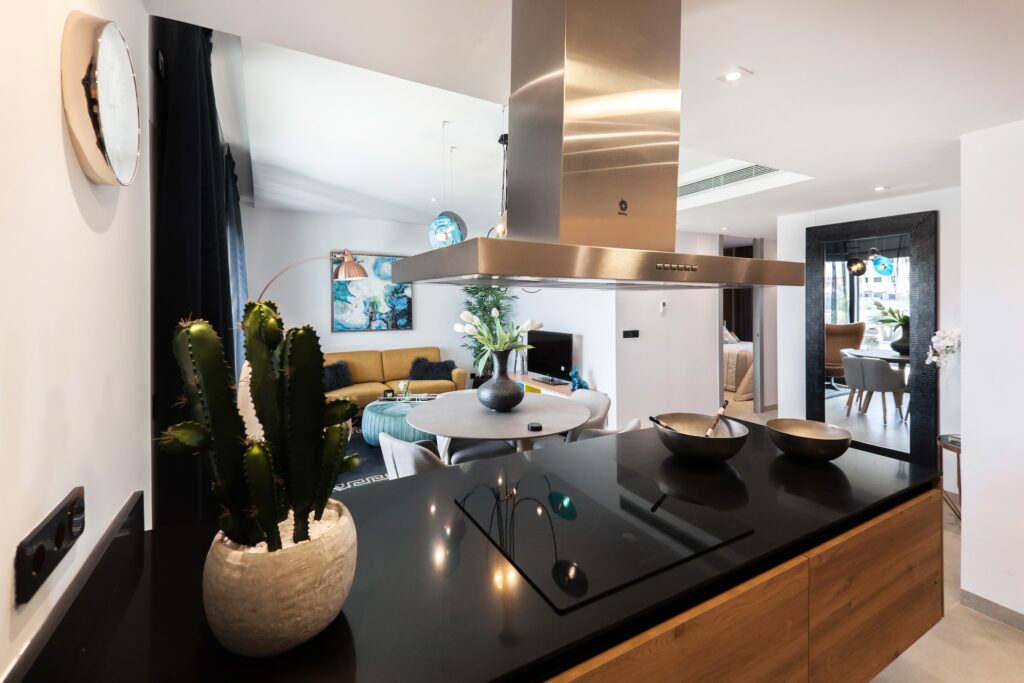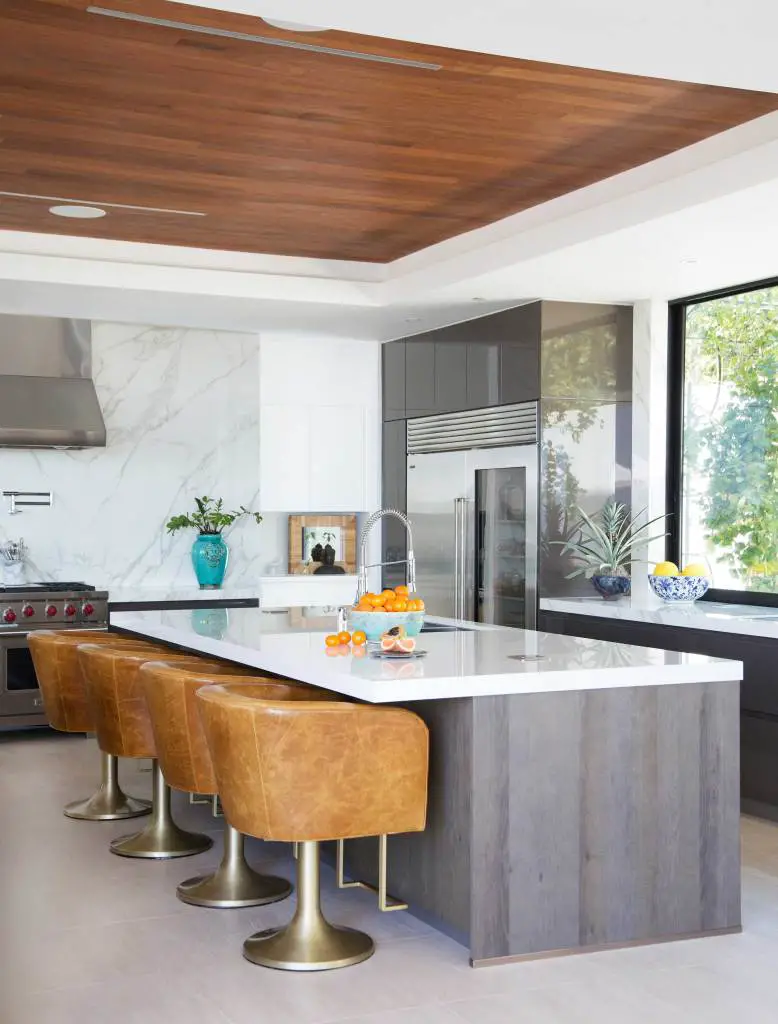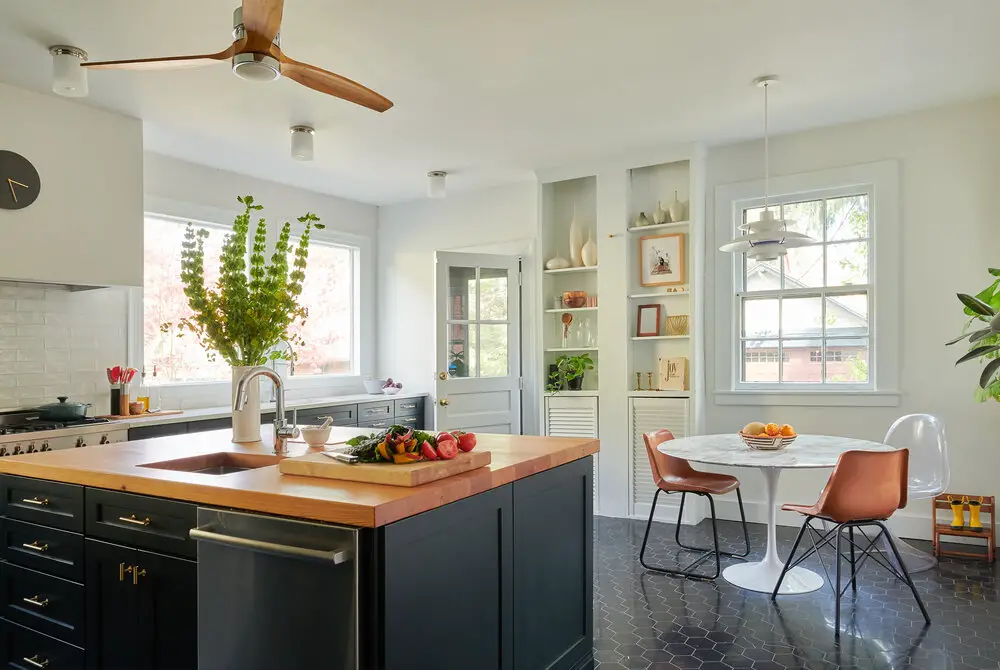When you are installing new appliances, remodeling, or building a new house, the number of choices available can be daunting. After all the research you have done and decisions you have made, choosing a range hood seems to be unimportant. However, there are a lot of reasons to choose a range hood carefully.
Your range hood provides your kitchen with safe, clean, comfortable air. Gases can be created from burning fuel in your kitchen and removing those gases can be one of the best ways to improve the air quality of your home.

Range hoods can also improve the comfort of your home by removing strong odors, humidity, and grease from the air. Quality appliances like Coppersmith hoods can also cool the kitchen during cooking when heat tends to build up.
Your range hood is also an important aesthetic part of your kitchen. Some people prefer to have their hoods hidden out of sight and others want to create a vocal point. Some hoods are made of hammered copper, weathered wood, or other decorative materials.
Ducted or Non-Ducted
Regardless of what style of vent hood you choose, you will also need to choose between ducted or non-ducted. Ducted vents pull fumes, gases, and odors from your kitchen and pump them through the wall and outside. Some ducted vent hoods pump air into the attic rather than outside, especially when the range is located too far from an exterior wall.
Ventless range hoods don’t have a system for removing air and gases from the house. Instead, they recirculate the air through filters and then release it back into the kitchen. While this can be helpful in reducing fumes and odors in the room and can pull steam away from the stovetop, it doesn’t remove gases and dangerous elements because those cannot be removed by filtering.
Chimney Range Hood
A chimney range hood has a tall chimney that is exposed to view rather than hidden. The chimney contains the ducts that vent fumes and gases out of the house. These range hoods are eye-catching and more interesting than smaller hoods and can be custom-made. They are the preferred hood in high-end and larger kitchens because they often work better and add a dramatic touch. Chimney range hoods are also easy to vent through the wall or into the attic.
Island Hood

An island hood is a ceiling-mount version of a chimney hood. These dramatic features are used when the range isn’t located against a wall, as in an island or peninsula situation. The hood hangs from the ceiling over the range and vents into the attic or through the attic to the outside. Island hoods come in many styles and can be very dramatic, eye-catching, and sometimes, very expensive. You are choosing a focal point for your room when you select an island range hood.
Under-Cabinet Hood
Under cabinet, hoods are wall mounted and designed to sit underneath upper cabinets. These are the cheapest hoods and can be very unobtrusive. They can be vented but if you are adding a hood to a finished kitchen, you will have to install the vent through the wall or cabinet. While it can be a little more expensive and impractical to install, it’s worth the frustration.
Vented hoods are much more effective and the only option that can help remove dangerous gas buildup from burning fuel. Many under-cabinet range hoods are unvented and don’t work well to remove gases from the air. They are more effective at removing grease and scents, but they will never work as well as vented hoods.
Range Hood Inserts
Range hood inserts are designed to be installed into a custom setting of some kind. Some people make this unit look like the surrounding cabinetry and disguise the range hood insert. Others simply prefer to install a custom option. They are available in both vented and unvented options.
Downdraft Hood

A retractable downdraft hood is installed behind or beside the range and slides out of view when it’s not being used. While these hoods work by sucking air and fumes away from the stovetop, just like overhead hoods, they draw downward rather than upwards. While manufacturers claim that these hoods work just as well, some experts think otherwise. Since steam and hot air naturally rise, they think overhead hoods work more efficiently and completely. These hoods also cause a slight cooling effect around the cooking surface as it draws air.
Microwave Range Hood
Microwave range hoods are usually used in small kitchens where homeowners are trying to save counter space. By mounting the microwave over the range space on the counters and in cupboards can be used for other things. These microwaves are built with range vents in the bottom of them and work as vented or ventless hoods. Again, like the under-cabinet range hood, unless the kitchen was built with a range vent in the upper cupboard, the ducts will have to be retrofitted in order to make use of a vented hood.
Thanks to all the companies linked above.



